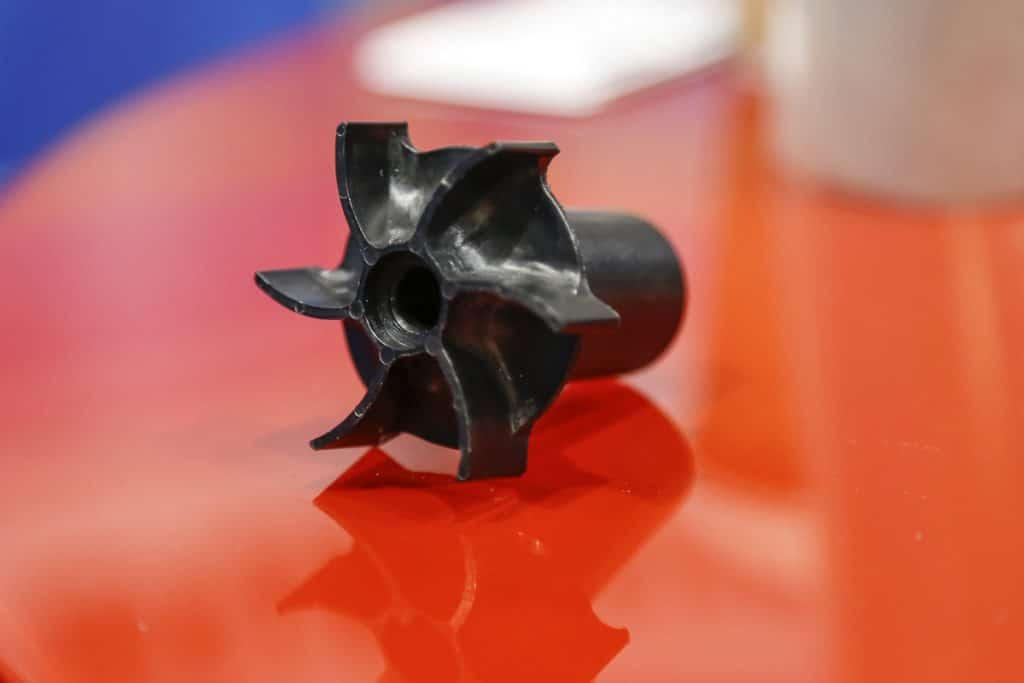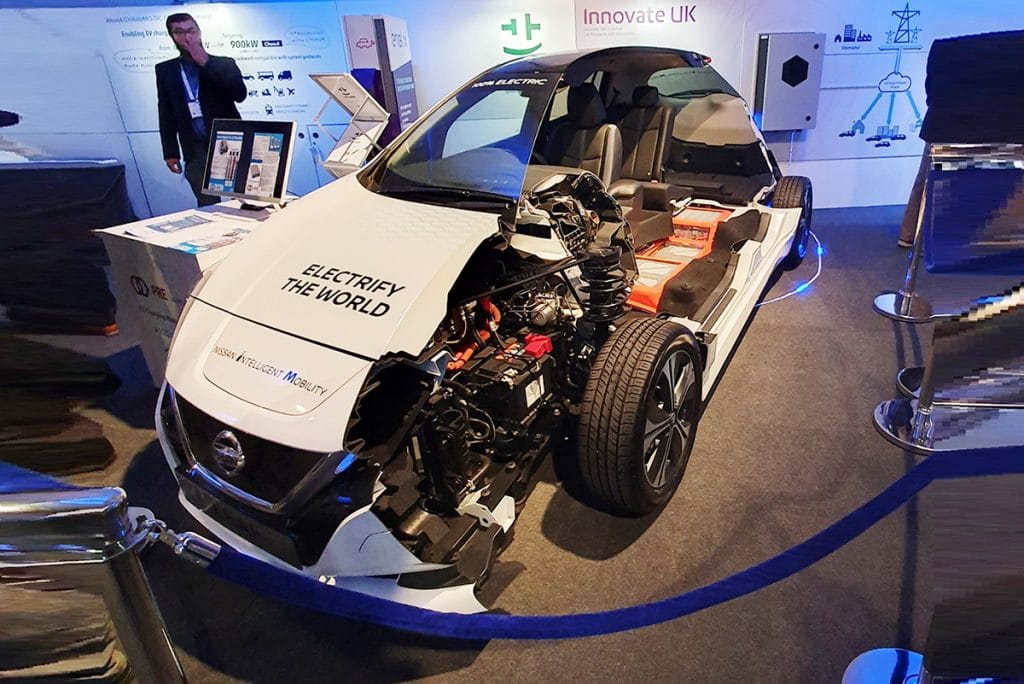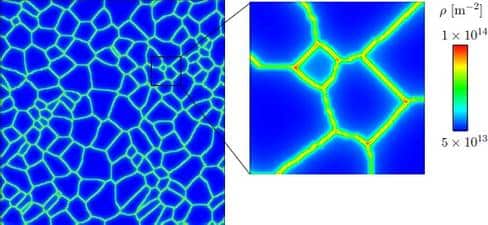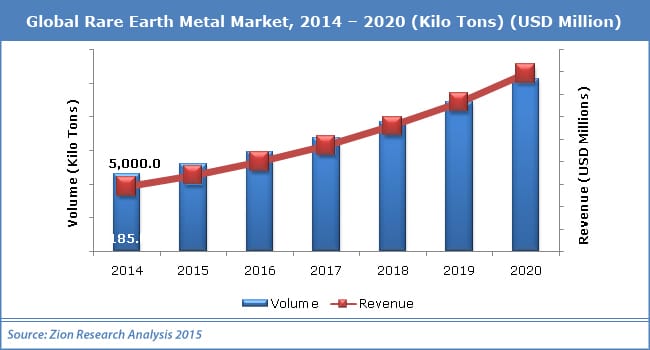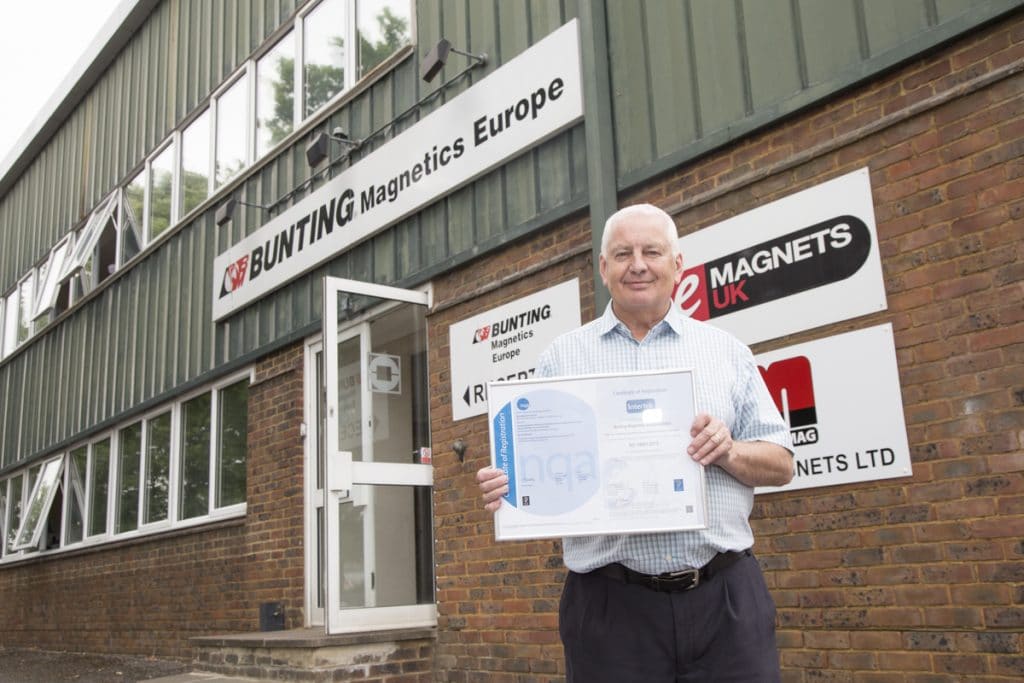Posts Tagged ‘Neodymium Magnet’
Magnet Technology Success in 2018
Bunting Magnetics and eMagnets Report Growth in 2018 The demand for magnets, magnetic assemblies and magnetising equipment reached new heights in 2018. The European operation’s sales were 25% higher than in 2017. “As an engineering and manufacturing company, we are very proud of our achievements in 2018,” said our Managing Director, Simon Ayling. “We have…
Read MoreInjection Moulded Plastic Magnet Assembly
Bunting’s engineering design team was asked by a customer to reduce the cost of a magnet assembly. The magnet assembly formed part of a magnetic coupling with a specific torque ratio. However, due to the manufacturing process, the cost of assembly was high. Subsequently, the team looked at an injection moulded plastic magnet assembly. Injection…
Read MoreMagnets at Cenex LCV 2018 Event
High Strength Magnets – Low Carbon Vehicle Event The most advanced high strength magnet technology will be on show on the Bunting Magnetics stand C1-14 at the Cenex-LCV 2018 event (Millbrook, Bedfordshire, UK, 12th and 13th September 2018). Cenex-LCV is the UK’s premier low carbon vehicle event. There is an exhibition area as well as an…
Read MoreGrain Boundary Diffusion Technology
Neodymium (NdeFeB) Rare Earth Magnets are used throughout industry and, as demand increases from the Energy, Automotive, Aerospace and Down Hole markets, the drive is towards producing magnets that have the highest magnetic energy under the harshest of conditions such as: These are typical applications where the Samarium Cobalt (SmCo) Rare Earth Magnet has been…
Read MoreOffices Would No Longer Function Without Magnets
Stating that an office would not be able to function without the presence of magnets is pretty bold. Immediately you are thinking that there are other ways to pin notices to white boards or neatly store paperclips. Important, maybe, but these are not critical to our daily life in work. So, if magnets were removed…
Read MoreEver Increasing Rare Earth Metals Demand
Technology Driving Up Rare Earth Magnet Prices The global market for rare earth metals will be worth an estimated US$ 7362 million by 2026, according to Future Market Insights. This projection equates to a compound annual growth of 8.5%. The growth in demand is expected to put pressure on prices. The vast majority of Rare…
Read MoreCub Scouts Attracted to Engineering by Magnets
Bunting’s Visit by Northchurch Cubs Berkhamsted A Berkhamsted based Cub Scout group were recently given a tour of their local Bunting Magnetics magnet, magnetic assembly and magnetic separator manufacturing plant. The 1st Northchurch Cubs were shown how magnets are a fundamental part of everyone’s daily life. The visit comes at a time when industry is…
Read MoreElectric Vehicles Drive Up Rare Earth Magnets Prices
Prices of Neodymium Magnets Increase The price of rare earth minerals, used in the production of Rare Earth Magnets such as Neodymium, is trading at nearly double the 2016 average (as of August 2017). This alarming increase is believed to be driven by an expansion in electric vehicles and renewable energy. At the end of…
Read MoreMagnets, Quality and the Environment
Bunting’s Quality Assurance Manager, Denis Elkins, discusses the importance of successfully transitioning to the latest incarnations of the international standards for Quality (ISO9001:2015) and the Environment (ISO14001:2015). “Bunting has held the ISO9001 Quality Standard since May 2005 and the ISO14001 Environmental standard since February 2002. Adapting our business operation to comply with the new standards…
Read MoreMagnet Health and Safety Advice
The high magnetic strength of present-day Permanent Magnets, such as Rare Earth Neodymium, is vitally important in Computer Hard Drives, Audio Equipment, Motors, Door Catches, and even Jewellery. However, there are also Health and Safety precautions that need to be taken when handling high strength Neodymium Magnets. These magnet health and safety precautions need to be…
Read More
